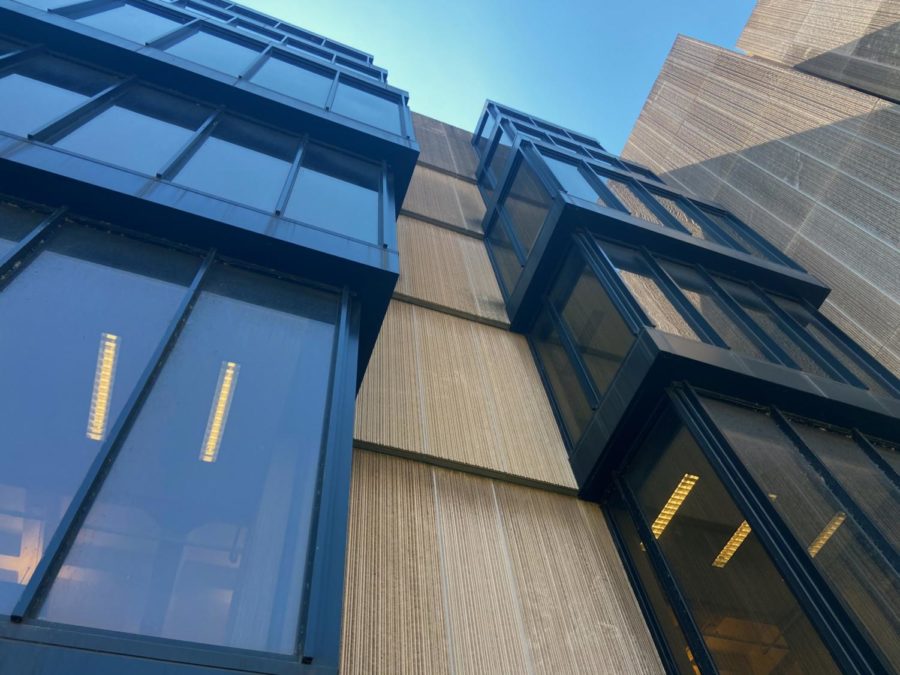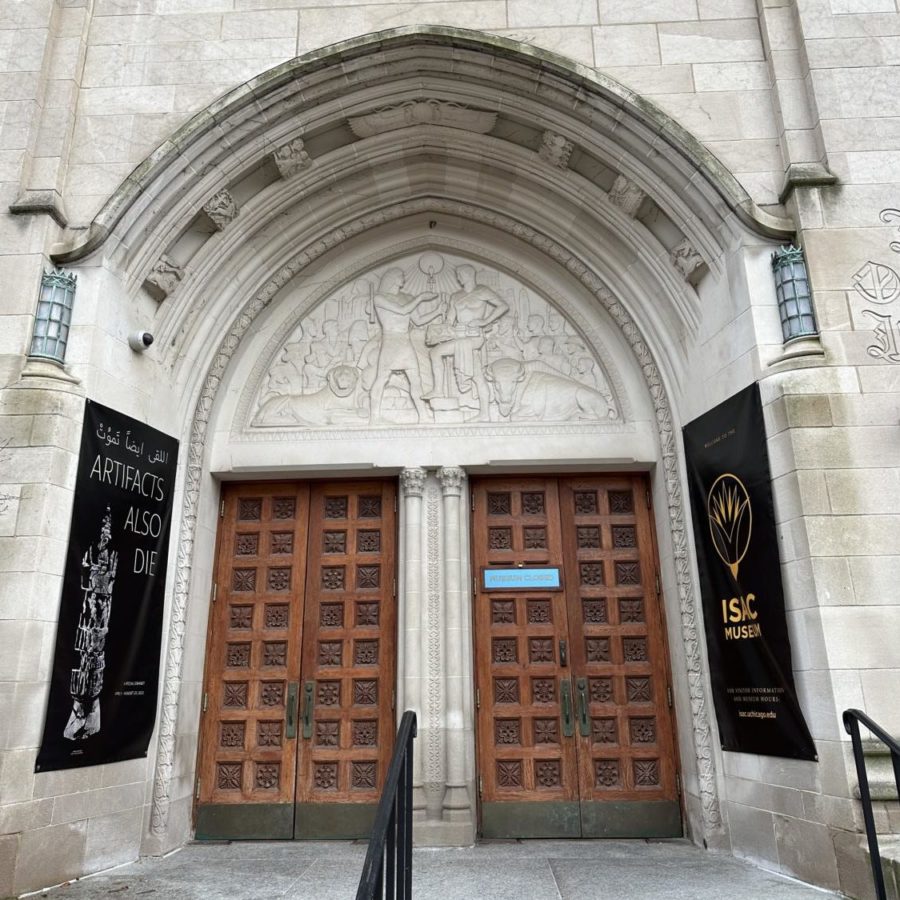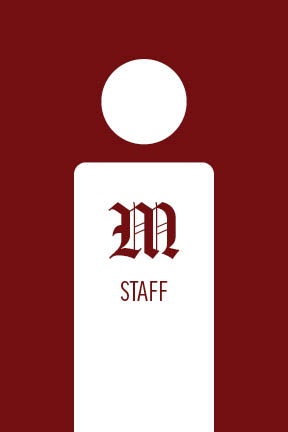In the recent first-year College Council elections, which witnessed record numbers of student turnout, candidate Christina Dong won the most votes. Dong’s platform focused heavily on transportation, with a specific initiative to move the Roosevelt Shuttle (officially the South Loop Shuttle) to run at an earlier time in the day. The apparent appeal of Dong’s transportation-focused platform to first-years indicates that citywide travel is and will remain a major concern for U of C students. However, the University has not yet produced a transportation option for students that justifies its self-branding as a school nestled within a great metropolitan city.
The University’s “Civic Engagement” Web page states: “Students and faculty engage the city as a subject for inquiry through our Chicago Studies program…We are not just in Chicago, we are of Chicago, setting a new standard for urban universities.” However, this aim remains more fantasy than reality. Though the Harper Court development and the Logan Center offer new possibilities of student engagement within Hyde Park and to the South Side at large, not much of it actually takes place south of South Campus or north of Hyde Park Boulevard. Certainly, there are numerous factors accounting for both of these deficiencies; restructuring the University’s citywide transportation options would by no means be “setting a new standard,” but it would set it on the right track to such a goal.
The most popular methods of transportation out of Hyde Park include the #6 bus and the #55 bus to either the Red Line or Green Line on Garfield. Given the costs of CTA buses and trains, and assuming the average student takes at least one round trip per week, expected costs should then be, at a minimum, $150 per year. But regardless of monetary concerns, the real deterrents to citywide travel are the inaccessibility, unsafe conditions, and long wait times that often afflict routes out of and back to Hyde Park. The University’s only answer for return transport for late-night trips is the South Loop Shuttle, which departs from the Reynolds Club to Roosevelt Road and State Street on Friday and Saturday nights from 9 p.m. to 3:30 a.m. This particular location offers little to students besides a proximity to a Red Line stop and, with such late running times, the shuttle serves only to bring students back to campus, not off campus. Most businesses in the vicinity are no longer open at those times, and considering the irregularity of Red Line arrival times, students may be stuck waiting at the stop late at night for close to an hour.
One solution to these problems would be to introduce another interval of service between 3 p.m. and 7 p.m., which would cover the time period in which most students go downtown for dinner or other events. In addition to adopting an earlier schedule, the drop-off point of the shuttle should move further north, ideally to Jackson Boulevard and State Street, providing easy access to every CTA rail line in the Loop. The Roosevelt stop, aside from its inexplicable schedule and location, was recently found in a Chicago Tribune analysis to be the most dangerous on the CTA. While moving the drop-off location further north in the Loop would be preferable, another solution may be to move the shuttle to the Garfield or 47th Street Red Line stops, allowing students to avoid undesirable long wait times and harsh weather conditions.
Simply put, it’s deceptive of the University to continue marketing itself as a campus closely connected with the entire city of Chicago when it does not have a transportation structure in place to make this image a reality. Restructuring the South Loop Shuttle would only be the first step in a likely long process of more fully integrating the University into its namesake city, but an integral step nonetheless.
The Editorial Board consists of the Editors-in-Chief and the Viewpoints Editors.








